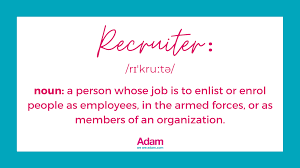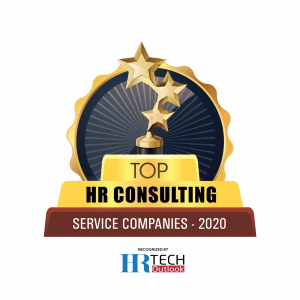Have you considered a career coach for your job search but you aren’t sure if it is worth the money? Job searching shouldn’t cost you money after all! A career coach is much like a real estate agent. They aren’t necessary to get the job done, but they sure can make the process easier. A good career coach isn’t an expense, it is an investment in your future.
1. You don’t know what you don’t know.
A good career coach will help you navigate all the advice out there – both good and bad. The job market continues to change. They can help you stay current on your job search knowledge. They can also help you determine what makes the most sense for you, your industry, field, and level of experience and ensure that you’ve considered everything before accepting that job offer.
2. Practice makes perfect
The number one mistake people make in their search is being unprepared. Your coach will make sure that you are prepared going into each step of your search. From creating the right personal brand (resume, LinkedIn, and cover letter) to knowing how to answer interview questions and successfully negotiating your total compensation package.
3. Emotions run high during a job search.
A coach is there to help you work through the process without the emotion you and inevitably your partner will bring to the process. Your coach cares about your success. They will let you work through those emotions, then help you to get to the core of what is holding you back.
4. Coaches have connections
Your coach can help connect you to people in your field – either through personal connections or teaching you the best ways to reach out and connect. Your job search shouldn’t just be about hitting the “easy apply” button. Most people find their next position through their network so if you aren’t reaching out, you are losing out on many opportunities.
5. They will keep you on track
A good coach will act as your accountability. For many, the skills associated with the job search do not come naturally. That makes it easy to find excuses to procrastinate on some of the more difficult parts of the job search. With accountability, you are bound to get to your next position faster.
Coaching covers many aspects of the job search depending on where your needs lie. A good coach will start with making sure you are clear on where you want to land next. From there, they can assist with tips on improving your search process, interview prep, salary negotiations and everything in between.
While investing in your job search can be daunting, especially when you aren’t currently pulling in a paycheck, when done right it is a solid investment. Career coaches will help you navigate an unfamiliar and complicated process creating clarity and peace of mind that you are taking all the right steps.





